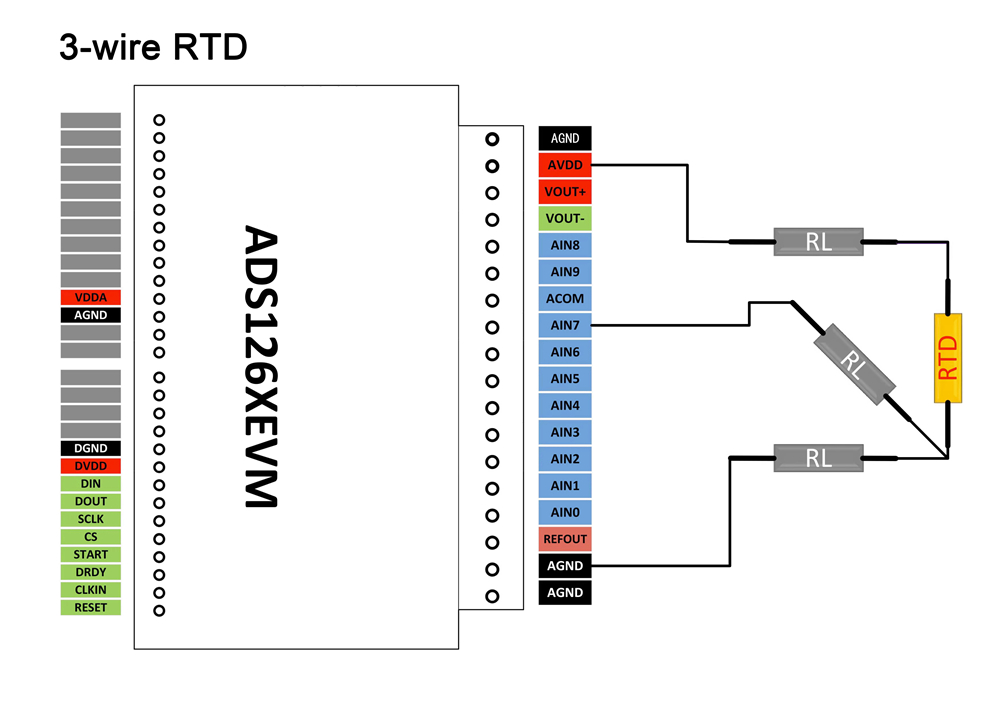
| Quantity | 3+ units | 10+ units | 30+ units | 50+ units | More |
|---|---|---|---|---|---|
| Price /Unit | $61.21 | $59.96 | $58.09 | $55.59 | Contact US |
 BU-5 Bluetooth Module Radio Bluetooth Adapter Unit for Yaesu FTM-150R FTM-510DR Transceiver
$55.79
BU-5 Bluetooth Module Radio Bluetooth Adapter Unit for Yaesu FTM-150R FTM-510DR Transceiver
$55.79
 STF10M1000M-25 RF Power Amplifier 10-1000MHz 25W-30W Wideband RF Amplifier without Radiator and Cooling Fan
$490.69
STF10M1000M-25 RF Power Amplifier 10-1000MHz 25W-30W Wideband RF Amplifier without Radiator and Cooling Fan
$490.69
 STF10M1000M-25 RF Power Amplifier 10-1000MHz 25W-30W Wideband RF Amplifier with Radiator and Cooling Fan
$543.48
STF10M1000M-25 RF Power Amplifier 10-1000MHz 25W-30W Wideband RF Amplifier with Radiator and Cooling Fan
$543.48
ADS1263 Industrial Version 32Bit ADC Module Analog to Digital Converter Module with Shielding Case
Features:
* Resolution: 32-bit
* Number of channels: 5 differential/11 single-ended
* Maximum sample rate: 38ksps
* Differential input voltage: ±VREF/Gain
* Programmable gain: 1-32
Package Included:
* 1 x ADC module
Functional framework diagram:
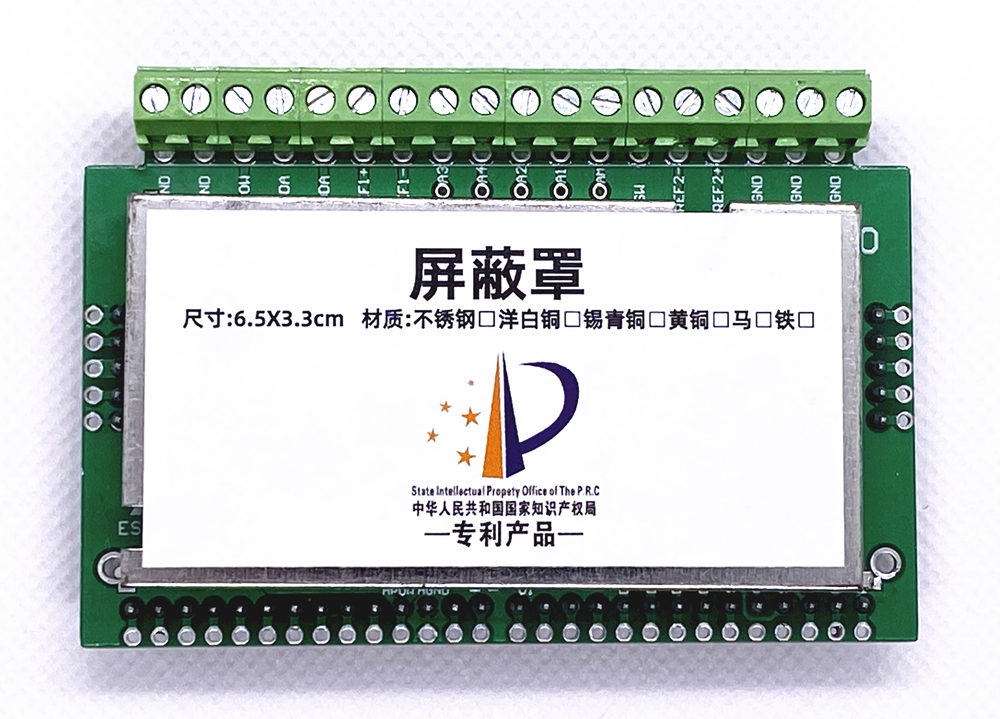


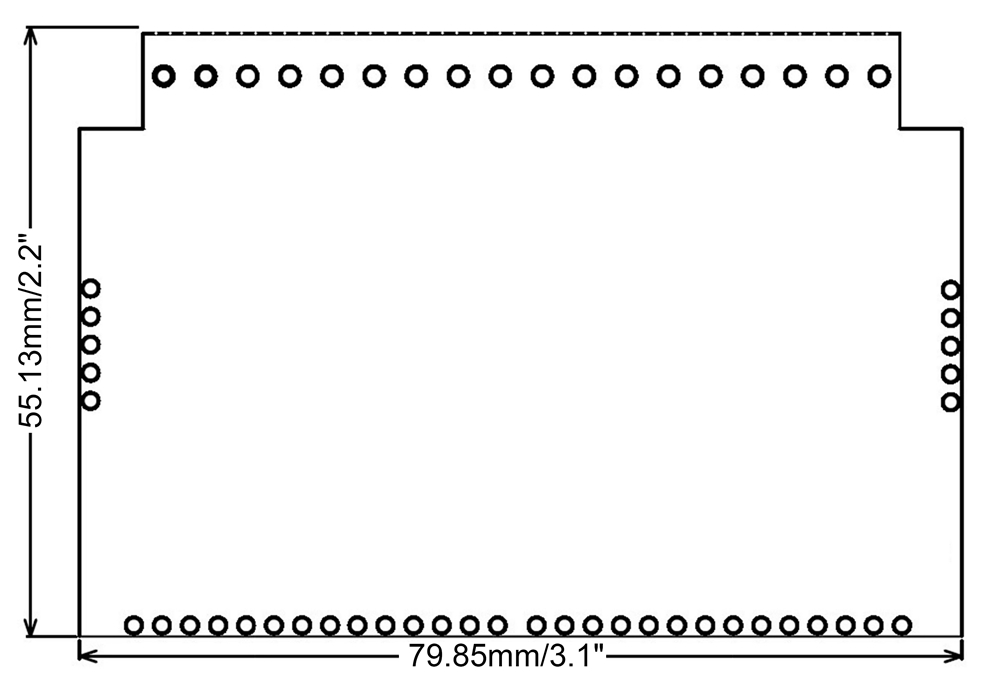
Version Comparison:
The
difference between ADS1262 and ADS1263: ADS1263 integrates a 24-bit
auxiliary delta-sigma ADC dedicated to background measurements. There is
no difference in accuracy!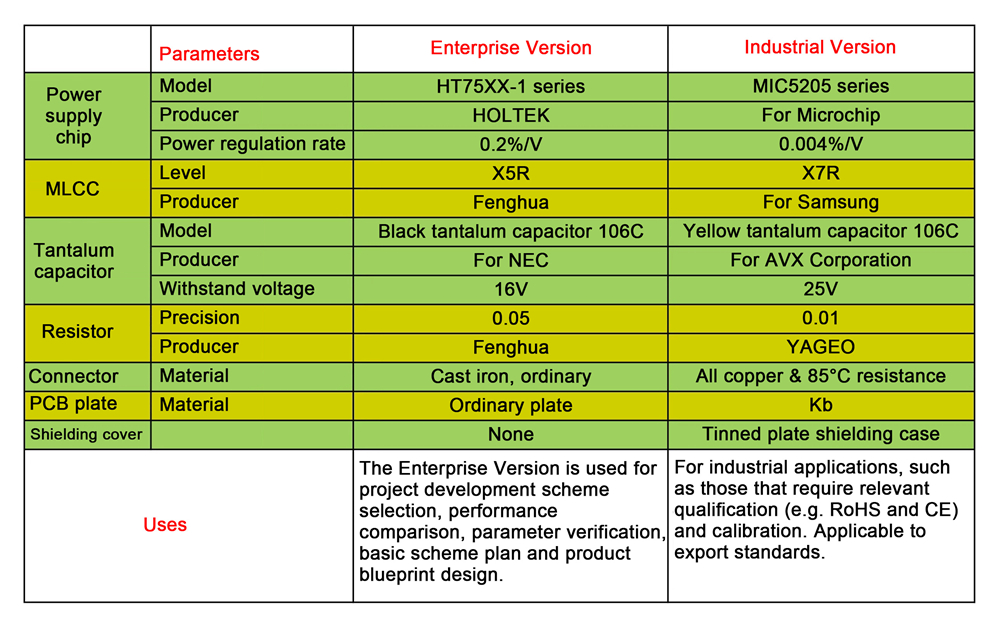
Advantages:
* 32bit ADC: At Data Rate = 20 SPS, the noise is only 0.16uVP-P, which is excellent compared to those of a 24-bit ADC. ADS1263 integral non-linearity (INL) can be up to 13 ppm. In addition, the gain error (GE) of PGA is ±300ppm maximum. However, ADS1263 is fully rated for operation from -40°C to +125°C. Therefore, both INL and GE are designed to be compatible with temperature stability and long-term operation stability. The chip manufacturer directly positions it in high-end industrial applications where higher temperature control is required, such as oil exploration. This satisfies the requirements of the PLC in the full temperature range, and the dual excitation current sources improve the matching of the RTD and provide excellent temperature compensation during bridge testing.
* To
effectively reduce voltage noise, a clean LDO power supply with high
PSRR and low ripple must be used. An anti-aliasing filter that uses a
metal film resistor and MLCC as signal inputs is adopted. This reduces
electrical noise from resistors and capacitors. When designing a PCB,
the balanced layout of the thermal components and the placement of the
decoupling capacitors are very important, especially the correct
decoupling of the REF pin (the 8th pin of the chip) to achieve optimal
performance.
* Reference design: Strictly follow the reference design requirements of the manual.
*
Reference chip: A low-drift precision reference chip is used, and the
reference output pin uses a capacitor with a large ESR to store enough
charge to ensure the stability of the reference voltage when the ADC's
internal conversion capacitor is extracted. If there is no buffer inside
the chip, users will also need to add a low-noise follower as a
buffer.
* Single-point grounding: The complete separation of analog
ground and digital ground and the last single point of access to the
power ground prevent the ground signals from being cross-linked with
each other and bringing noise into the signal link.
* High-quality
linear power supply: Noise from the power supply can reduce the
effective resolution of the data converter if it contaminates signal
input sources. A LDO chip with a high power supply rejection ratio and
low ripple produces a clean and stable voltage rail to power the analog
components. This is helpful for precision signaling systems.
*
Pre-filter: low-temperature drifting metal film resistor + C0G
multilayer ceramic capacitor constitute a low-pass filter. This improves
total harmonic distortion, reduces resistive and capacitive electronic
thermal noise, and provides the ADC with an excellent anti-aliasing
filter that avoids aliasing noise contaminating the signal. At the same
time, it eliminates the effects of overdrive signals outside of the
filter bandwidth.
* PCB heat dissipation: The high-density use of
vias in the copper area of the PCB forms an array to improve
longitudinal Z heat dissipation and allow the components on the heating
surface to cool down quickly. This can effectively avoid the
concentration of hot spots on the PCB, and reduce the on-chip reference
drift caused by the temperature rise.
Performance Tests:
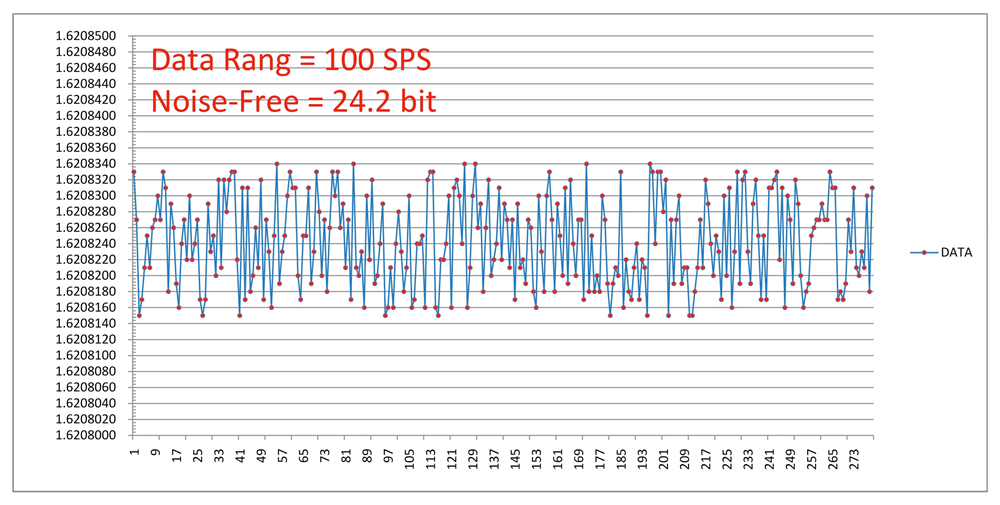
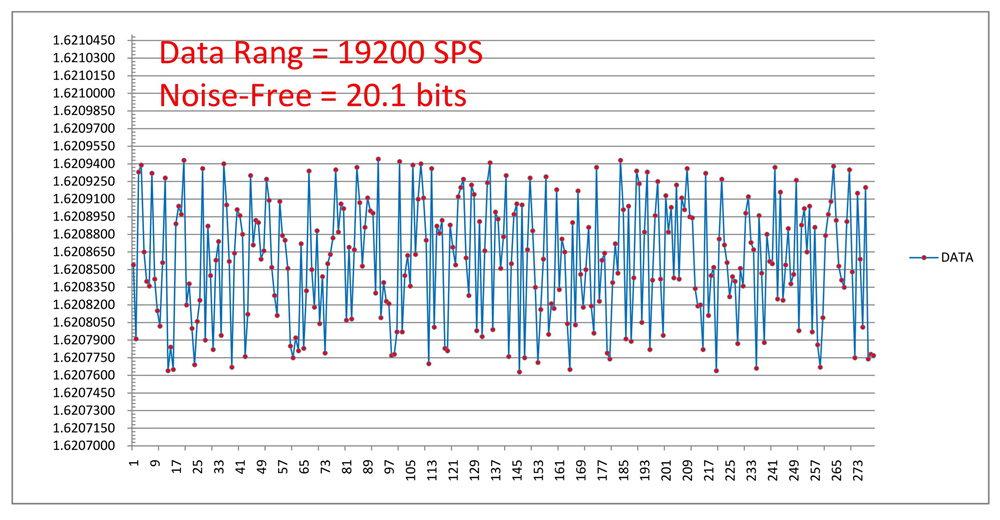
Application:


